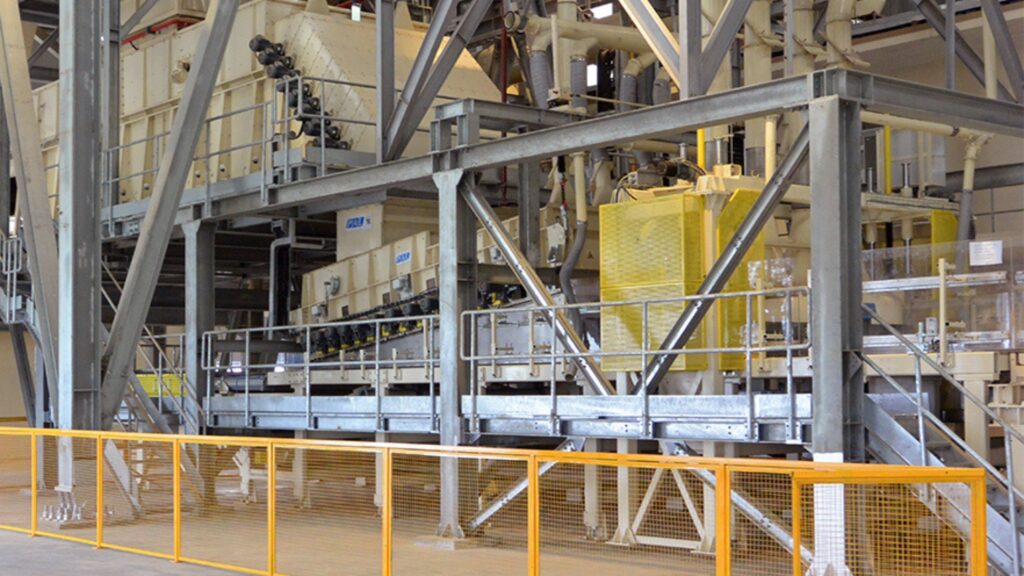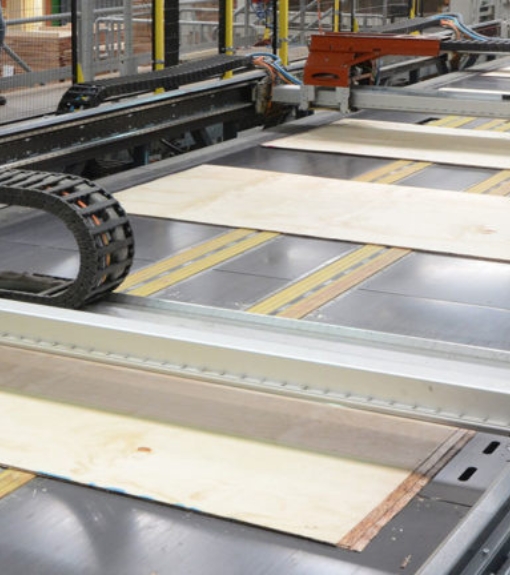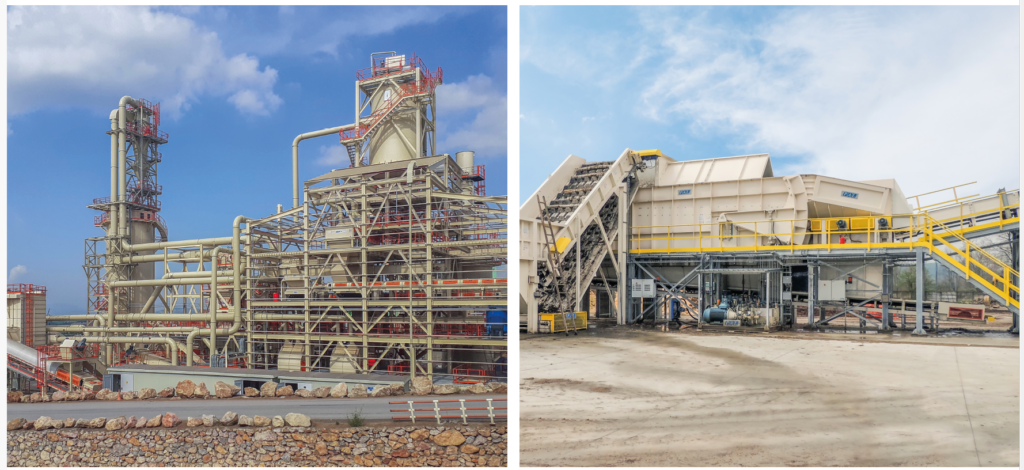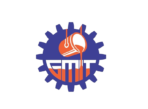Particleboard / MDF / OSB Projects
Particleboard from Wood Waste
A particleboard is a classic panel made from wood or agro-material particles. It is a low-density board with densities ranging from 550 kg to 750 kg per cubic meter. Particleboard plants are specially designed to produce an effective alternative to wood & plywood. Besides contributing to timber conservation, the system is designed to minimize energy costs. Today, Particleboard is well established and fully proven, with a track record that includes highly successful installations worldwide.
Industries that use Particleboard include construction and packaging. High-quality Particleboard has the strength, durability & screw-holding capacity of near MDF, which makes it suitable for widespread use in the furniture industry, such as bedroom units, fitted kitchens, shelves & tables. It is also used in household electrical appliances, cabinets & floor underlayment.
Raw materials for Particleboard include small-diameter wood logs, wood branches, saw dust, wood processing wastes, veneer wastes, furniture wastes, wood pieces, and also sugar cane bagasse.


Advanced Technology Partners
GoodRich collaborates with globally renowned companies to bring cutting-edge solutions for complete particleboard production. These partnerships ensure access to the latest innovations, machinery, and technical expertise in the engineered wood industry. Key partners include:
MDF/HDF Project from Wood or Bamboo
MDF (Medium Density Fiberboard) is the third-generation wood substitute, after plywood and particleboard. MDF exceeds wood, plywood, and particleboard in terms of quality and applications. The properties of edge cutting, post-forming, nail holding, bonding & moisture resistance are far better in MDF. We cannot think of modern wood decorations in houses & offices without MDF. It is used for doors, windows, kitchen & office cabinets, drawers, tables & chairs, furniture, indoor stadiums, auditoriums, and entertainment halls. It is also used for interior decorations for offices, houses, hotels & restaurants. More & more applications of MDF are being invented nowadays.
MDF is an engineered wood. Excellent machinery & application properties make MDF an economic & future-oriented substitute for solid timber. MDF is flawless, smooth & uniformly strong, easy to cut, machine & joint. It can be carved like natural timber. MDF can be made available for interior & exterior grades, plain or laminated.

HDF is the High-Density Fibreboard, which is mainly used for laminated flooring. While MDF boards have a density range from 700 kg/m3 to 880 kg/m3 and thickness range from 6mm to 25 mm, HDF boards have a density range from 890 kg/m3 to 1,000 kg/m3 and thickness range from 8 mm to 12 mm. HDF boards are ideal substitutes for natural timbers & they are widely used in high–strength floorboards as well as in furniture decorations.
The worldwide market for MDF is increasing at the rate of 12-16% per annum, while the market for HDF is increasing at the rate of 15-20% per annum.
The raw materials for MDF & HDF include-
- Firewood from plantations & forests;
- Wood cuttings from sawmills;
- Wood furniture industry wastes;
- Round logs of smaller dia (5 cm to 20 cm) from social forestry; &
- Bamboo.
MDF saves virgin forests by using wood wastes and logs from social forestry. MDF is a wood substitute that saves precious foreign exchange as large quantities of wood are imported into India. There is a potential to set up at least 25 MDF plants in India over a period of the next 10 years, as against only 7-8 plants in operation now. The worldwide MDF capacity is around 75 million cubic meters per year with around 350 plants in operation, while the Indian production capacity is less than 1 million cubic meters.
India uses 60 million cubic meters of sawn wood per year for housing, furniture, agri-implements, packaging, etc., and there are 23,000 sawmills in the country. It is estimated that each sawmill generates 100 tons of wood cuttings per year on average, making available 2.5 million tons of wood waste, which can provide necessary raw material to more than 10 new MDF plants in India. Since the Supreme Court of India has banned further licensing of plywood factories, the plywood industry cannot meet the future demand for panel products. The present demand for plywood is 250 million sq. meters or about 4 million cubic meters per year. The plywood needs large-sized wood in excess of 20 cm dia, as against small-sized wood (from 5 to 20 cm dia) used by MDF.
The MDF production line mainly includes debarking, chipping, screening, refining, glue preparation, drying, mat-forming, pre-pressing, hot pressing, edge trimming, and sanding. The plants can use the old types of single-opening / multiple-opening presses or the new continuous presses. A standard MDF plant needs other auxiliary plants such as a UF resin plant, short cycle lamination plant, horizontal impregnation line, laminate flooring line, and also an energy plant (to supply steam for the digester, hot oil for the press and hot air to the dryer).
The MDF plant capacities range from 30,000 cubic metres per year to 3,60,000 cubic metres per year and the total investments range from Rs. 30 crores to
Rs. 450 crores. The pay-back periods are from 3-5 years. At the present time of deforestation, with timber reserves under pressure from the growing worldwide demand for panel products, the MDF project offers low-risk entry into a potentially lucrative market.
Why Choose Particleboard/MDF/HDF?
Amid deforestation and timber scarcity, MDF and HDF provide eco-friendly, economical solutions, ensuring a promising, low-risk investment in a growing market.
Versatile Wood Alternatives
Explore the variety of MDF types, including plain and laminated boards, alongside bagasse particleboard. These engineered products exemplify sustainable innovation, utilizing wood waste and agricultural residues to provide durable and eco-friendly solutions for diverse applications.



